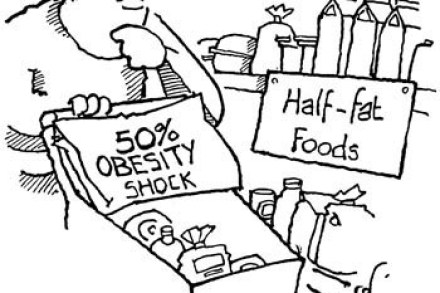Games worth playing
The Royal Ballet Royal Opera House It is a well-known fact that ballet lives, thrives and survives in a world of its own. By the time the ‘new’ ideas developed in other artistic contexts have seeped through its thick artistic, technical, cultural and social barriers, the other arts have already moved on. Luckily, such a







